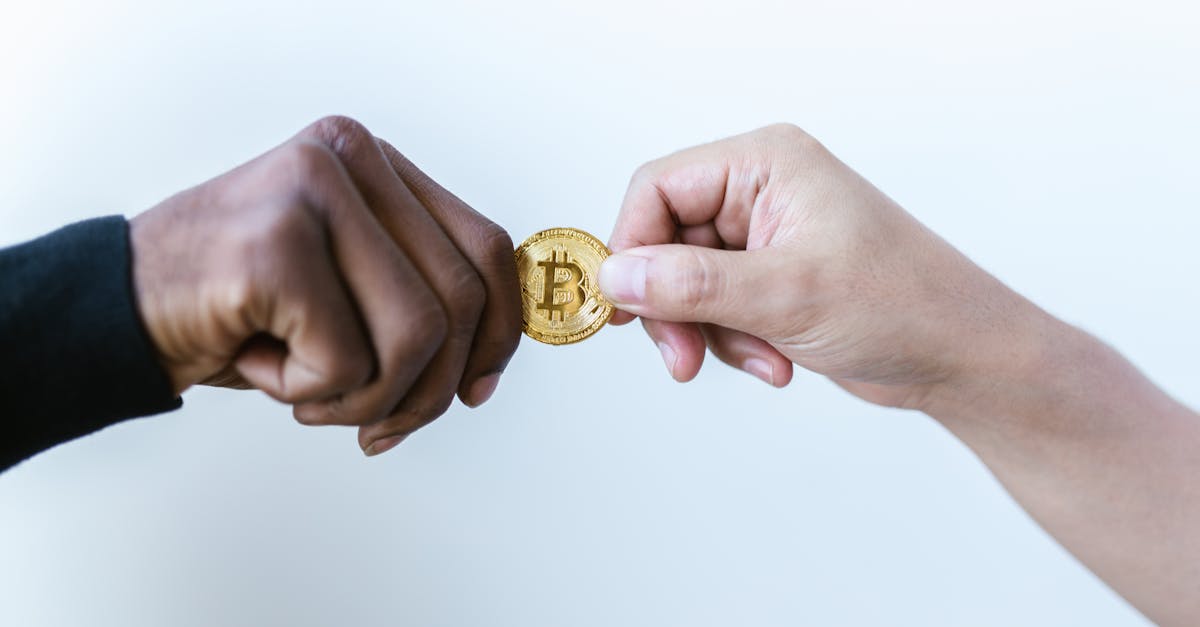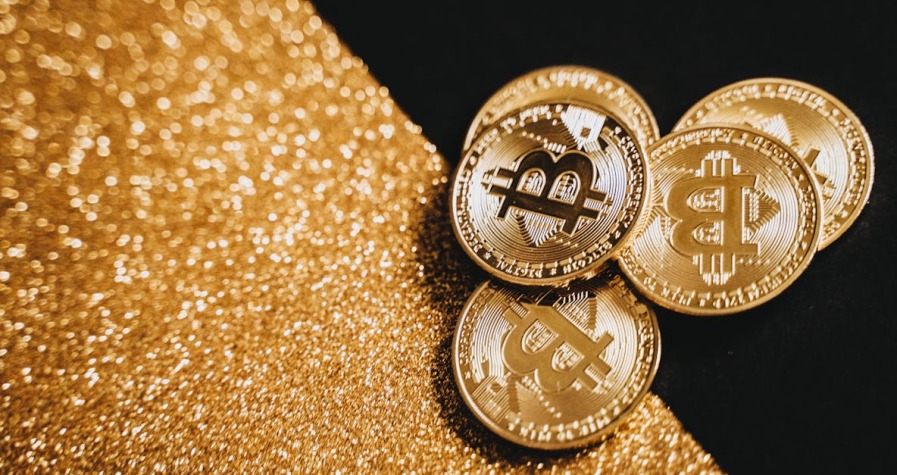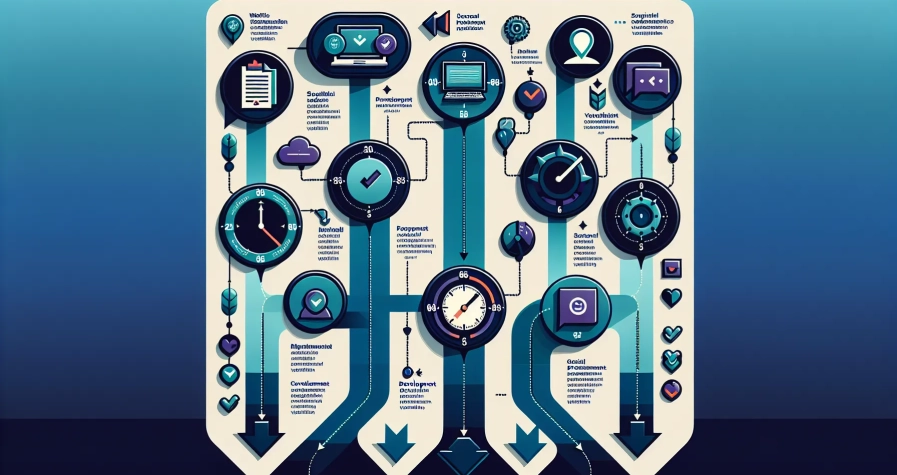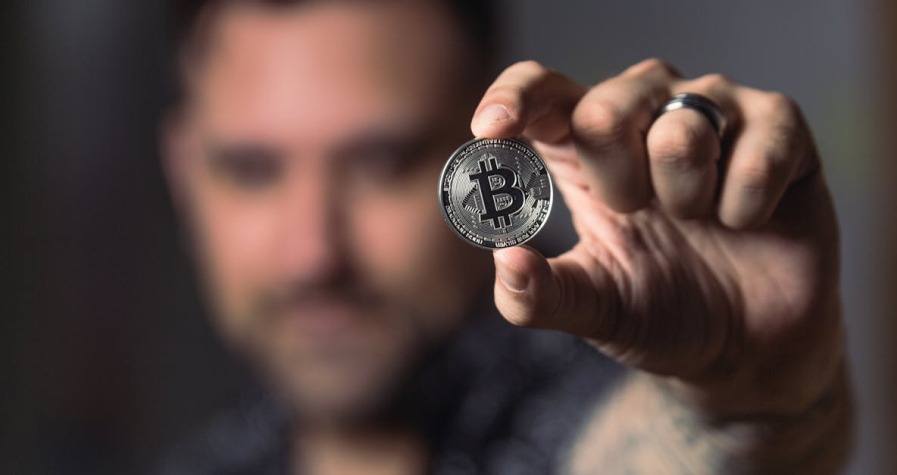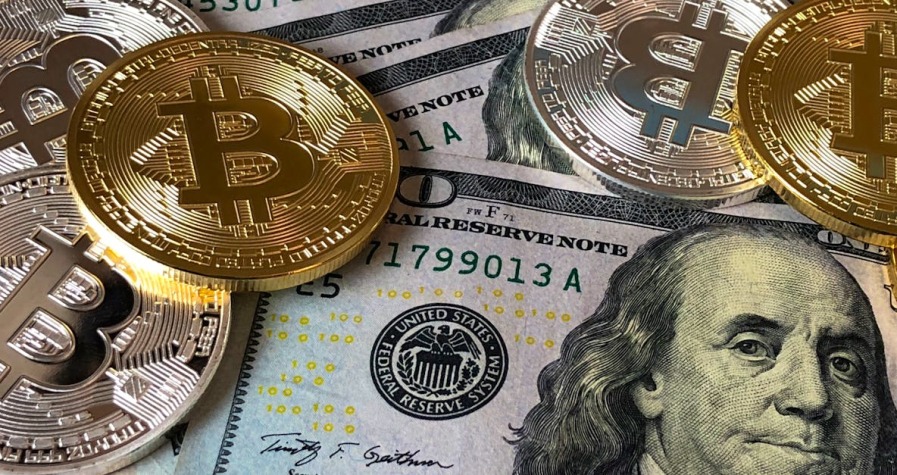Moving your cryptocurrency from Coinbase to MetaMask opens up a world of decentralised finance opportunities you can’t access through traditional exchanges. Whether you’re looking to trade on decentralised exchanges, participate in yield farming, or interact with DeFi protocols, having your crypto in a self-custody wallet like MetaMask gives you complete control over your assets.
The transfer process might seem daunting at first, but it’s actually straightforward once you understand the basics. You’ll need to navigate withdrawal procedures on Coinbase whilst ensuring you’re sending your tokens to the correct network and wallet address in MetaMask.
This step-by-step guide will walk you through the entire process, from setting up your MetaMask wallet to successfully completing your first transfer. We’ll cover essential safety tips, common mistakes to avoid, and how to verify your transactions every step of the way.
Understanding the Basics: Coinbase and MetaMask
Before diving into the transfer process, you need to grasp the fundamental differences between these two platforms. Each serves distinct purposes in the crypto ecosystem.
What Is Coinbase and How Does It Work?
Coinbase operates as a centralised cryptocurrency exchange that allows you to buy, sell and store digital assets using traditional payment methods. The platform acts as an intermediary between you and the blockchain, managing your private keys and providing insurance coverage up to $250,000 for eligible customers.
Your crypto assets remain under Coinbase’s custody whilst using their platform. This means the exchange controls the private keys to your wallets, similar to how traditional banks hold your money. You access your funds through Coinbase’s interface, which provides features like:
- Instant purchases using debit cards or bank transfers
- Educational resources through Coinbase Learn
- Staking services for supported cryptocurrencies
- Advanced trading via Coinbase Pro
Coinbase generates revenue through trading fees, which typically range from 0.5% to 4.5% depending on your payment method and transaction size.
What Is MetaMask and Why Use It?
MetaMask functions as a self-custody crypto wallet that connects your browser or mobile device directly to blockchain networks. You maintain complete control over your private keys and crypto assets without relying on third-party custodians.
The wallet serves as your gateway to decentralised applications (dApps) across multiple blockchain networks including Ethereum, Binance Smart Chain and Polygon. MetaMask provides several advantages:
| Feature | Benefit |
|---|---|
| DeFi Access | Direct interaction with lending, trading and yield farming protocols |
| NFT Support | View, send and receive non-fungible tokens |
| Multi-chain | Support for dozens of blockchain networks |
| Browser Integration | Seamless connection to Web3 applications |
Using MetaMask eliminates exchange custody risks and provides access to thousands of decentralised protocols that aren’t available through centralised platforms.
Key Differences Between Centralised and Decentralised Wallets
Understanding the distinction between centralised and decentralised wallets helps you make informed decisions about crypto storage and usage.
Centralised wallets like Coinbase prioritise convenience and regulatory compliance. The exchange manages security measures, provides customer support and handles technical complexities. However, this convenience comes with trade-offs including limited DeFi access and counterparty risk.
Decentralised wallets like MetaMask offer complete asset control and unlimited protocol access. You’re responsible for securing your seed phrase and managing transactions independently. This approach maximises your financial sovereignty whilst requiring greater technical knowledge.
The table below illustrates the primary differences:
| Aspect | Centralised (Coinbase) | Decentralised (MetaMask) |
|---|---|---|
| Private Key Control | Exchange holds keys | You control keys |
| Regulatory Compliance | Full KYC/AML requirements | Pseudonymous usage |
| Customer Support | 24/7 professional support | Community-based help |
| DeFi Protocols | Limited access | Full ecosystem access |
| Transaction Fees | Exchange-set rates | Network-determined gas fees |
| Insurance Coverage | Up to $250,000 FDIC | No third-party coverage |
These fundamental differences explain why many crypto users maintain both types of wallets – using centralised exchanges for fiat onboarding and decentralised wallets for DeFi participation.
Preparing for Your Crypto Transfer
Before initiating any transfer from Coinbase to MetaMask, you must complete several essential preparation steps. These prerequisites ensure your crypto assets reach their destination safely whilst minimising the risk of permanent loss.
Setting Up Your MetaMask Wallet
Download MetaMask as a browser extension for Chrome, Firefox, Edge, or Brave, or install the mobile app from your device’s app store. Create a new wallet by following the setup wizard, which generates a unique 12-word recovery phrase that serves as your wallet’s backup key.
Store your recovery phrase in a secure, offline location and never share it with anyone, as this phrase provides complete access to your funds. Once setup completes, MetaMask displays your public wallet address—a string beginning with “0x” for Ethereum-based tokens—which you’ll use as the destination address for your transfer.
Copy this address carefully and verify each character, as sending crypto to an incorrect address results in permanent fund loss. Test your wallet setup by reviewing the interface and ensuring you can access your account reliably before proceeding with any transfers.
Verifying Your Coinbase Account
Log into your Coinbase account using your registered email address and password, then navigate to your account settings to confirm your verification status. Complete identity verification (KYC) if prompted, as most crypto withdrawals require full account verification including government-issued ID and address confirmation.
Check your available crypto balance to ensure you possess sufficient funds for both the transfer amount and associated network fees. Locate the “Send/Receive” button in your Coinbase dashboard, which serves as the starting point for all outbound crypto transfers.
Enable two-factor authentication (2FA) on your Coinbase account if not already active, as this security measure protects against unauthorised access during transfers. Review your withdrawal limits in account settings, as daily or monthly restrictions may affect transfer timing for larger amounts.
Understanding Network Compatibility
Confirm that your chosen cryptocurrency operates on a blockchain network supported by MetaMask, with Ethereum serving as the primary network for ETH and ERC-20 tokens like USDC, USDT, and LINK. Verify that both Coinbase and MetaMask use the same network for your selected crypto asset, as cross-network transfers often result in lost funds.
Check MetaMask’s network settings by clicking the network dropdown at the top of the wallet interface, ensuring you’ve selected the correct network (typically Ethereum Mainnet) before receiving any transfers. Research network fees for your chosen blockchain, as these gas fees fluctuate based on network congestion and can significantly impact transfer costs.
Consider transfer timing strategically, as network fees typically decrease during off-peak hours when fewer users compete for blockchain processing power. Document the specific network details for your crypto asset, including contract addresses for tokens, to ensure compatibility throughout the transfer process.
Step-by-Step Guide to Transfer Crypto from Coinbase to MetaMask
Transferring cryptocurrency from Coinbase to MetaMask involves three main stages: obtaining your MetaMask address, setting up the transfer on Coinbase, and verifying transaction details. The entire process typically takes 10 minutes depending on network congestion.
Finding Your MetaMask Wallet Address
Access your MetaMask wallet through the browser extension or mobile application. Input your password to unlock the wallet interface and display your account dashboard.
Locate your public wallet address by clicking on your account name at the top of the MetaMask interface. The wallet address appears as a string of characters beginning with “0x” followed by 40 alphanumeric characters.
Copy the wallet address by clicking the copy icon next to your account name or selecting the address text and using Ctrl+C (Cmd+C on Mac). This address serves as the destination for your cryptocurrency transfer from Coinbase.
Verify the network selection in MetaMask before copying the address. Ensure you’re connected to the Ethereum mainnet for ETH and ERC-20 token transfers, as using incorrect network addresses can result in permanent loss of funds.
Initiating the Transfer from Coinbase
Log into your Coinbase account using your credentials on either desktop or mobile platforms. Navigate to the main dashboard where your cryptocurrency holdings are displayed.
Select the “Send/Receive” option from the top navigation menu or account dashboard. Choose “Send” to begin the transfer process to your external wallet.
Input your MetaMask wallet address in the recipient field by pasting the previously copied address. Double-check that the entire address is correct, as cryptocurrency transactions are irreversible once confirmed.
Choose the cryptocurrency and amount you wish to transfer. Popular options include Ethereum (ETH) or stablecoins like USDC that are compatible with MetaMask’s network infrastructure.
Review the withdrawal fee that Coinbase charges for external transfers. These fees vary based on the selected cryptocurrency and current network congestion levels across different blockchain networks.
Confirming the Transaction Details
Verify the recipient address matches your MetaMask wallet address exactly. Compare the first and last characters of the address to ensure no copying errors occurred during the transfer setup.
Check the cryptocurrency type and amount specified in the transaction summary. Confirm that you’re sending the intended asset and quantity to avoid accidental transfers of incorrect amounts.
Review network fees and total costs associated with the transfer. Coinbase displays both their withdrawal fee and estimated network gas fees for Ethereum-based transactions.
Submit the transaction after confirming all details are accurate. Coinbase processes the transfer request and broadcasts it to the blockchain network for confirmation.
Monitor the transaction status through Coinbase’s transaction history page. The transfer typically completes within 10 minutes but may take longer during periods of high network traffic or blockchain congestion.
Important Considerations and Best Practices
Successful cryptocurrency transfers require careful attention to fees, security protocols, and common pitfalls. Understanding these critical factors protects your assets and ensures smooth transactions between platforms.
Transaction Fees and Network Congestion
Coinbase withdrawal fees combine with Ethereum gas fees to create the total cost of your transfer. These fees fluctuate significantly based on network demand and can range from £5 to £50 or more during peak congestion periods.
Network congestion affects transaction processing times directly. Expect confirmation delays of 10 minutes to several hours when the Ethereum network experiences high traffic volumes. Peak congestion typically occurs during major market movements, NFT drops, or popular DeFi protocol launches.
Monitor gas fee trackers before initiating transfers to identify optimal timing windows. Transfer costs decrease substantially during off-peak hours, particularly weekends and early morning periods in major time zones. Large transfers justify higher fees proportionally, whilst smaller amounts may become economically unviable during congestion spikes.
Security Tips for Safe Transfers
Verify your MetaMask wallet address character-by-character before pasting it into Coinbase. Cryptocurrency transactions are irreversible, making address accuracy absolutely critical for successful transfers.
Use secure internet connections exclusively when handling cryptocurrency transactions. Public Wi-Fi networks expose your sensitive data to potential interception and compromise your wallet security.
Enable two-factor authentication on both Coinbase and MetaMask accounts to add extra security layers. This prevents unauthorised access even if your primary password becomes compromised.
Check network compatibility between your chosen cryptocurrency and MetaMask’s supported networks. Ethereum-based tokens (ERC-20) require the Ethereum network, whilst other cryptocurrencies may need specific network configurations.
Common Mistakes to Avoid
Sending cryptocurrency to incompatible addresses represents the most costly error in crypto transfers. Bitcoin sent to an Ethereum address or ETH sent to a Bitcoin Cash address results in permanent asset loss.
Confusing Coinbase Exchange with Coinbase Wallet creates significant complications for users. Only Coinbase Wallet (the self-custodial option) can be imported into MetaMask using recovery phrases, whilst Coinbase Exchange requires standard withdrawal procedures.
Ignoring network selection in MetaMask leads to failed transactions or lost funds. Ensure your MetaMask wallet displays the correct network before providing your wallet address to Coinbase.
Rushing through transaction confirmations without reviewing details causes expensive mistakes. Double-check recipient addresses, network selections, and fee amounts before confirming any withdrawal from Coinbase.
Attempting transfers during network maintenance or known congestion periods increases failure risks and extends processing times unnecessarily. Check both Coinbase and Ethereum network status pages before initiating time-sensitive transfers.
Troubleshooting Transfer Issues
Cryptocurrency transfers between Coinbase and MetaMask occasionally encounter delays or technical issues that require immediate attention. Understanding these common problems and their solutions ensures your funds reach their destination safely.
What to Do If Your Transfer Is Delayed
Check your transaction status using the transaction ID on a blockchain explorer like Etherscan to confirm whether the transfer has been processed on the network. Delays typically occur due to blockchain network congestion during peak trading periods or when you’ve set insufficient transaction fees for priority processing.
Monitor the transaction for up to 24 hours before taking further action, as network congestion can significantly extend processing times beyond the typical 10-minute window. Contact Coinbase support if your transaction remains pending after this timeframe, providing them with your transaction ID and wallet addresses for investigation.
Review your transaction fee settings if delays become frequent, as higher fees generally result in faster processing during congested network periods. Many transfers experience delays during weekends and major market movements when network activity increases substantially.
Resolving Network-Related Problems
Verify that your MetaMask network selection matches the cryptocurrency and blockchain used for the transfer, ensuring Ethereum mainnet is selected for ETH and ERC-20 token transfers. Incorrect network selection prevents funds from appearing in your wallet and can result in permanent loss if you’ve sent tokens to an unsupported network.
Confirm that Coinbase supports deposits on your chosen network before initiating transfers, as Coinbase only accepts ETH deposits on Ethereum mainnet and doesn’t support alternative networks like Binance Smart Chain. Double-check your MetaMask wallet address by copying it directly from the extension rather than typing it manually to avoid formatting errors.
Switch to the correct network in MetaMask if you’ve accidentally selected an incompatible blockchain, then refresh your wallet to display any pending transactions. Contact Coinbase support immediately if you’ve mistakenly transferred funds to an unsupported network, as they may offer recovery options depending on the specific circumstances and blockchain involved.
Conclusion
Transferring crypto from Coinbase to MetaMask opens up a world of DeFi opportunities whilst giving you complete control over your digital assets. By following the step-by-step process and keeping security best practices in mind you’ll be able to move your cryptocurrency safely and efficiently.
Remember that timing your transfers during periods of lower network congestion can save you significantly on gas fees. Always double-check your wallet addresses and network compatibility before confirming any transaction.
With your crypto now in MetaMask you’re ready to explore decentralised applications interact with DeFi protocols and take full advantage of the broader cryptocurrency ecosystem. The initial learning curve is well worth the enhanced functionality and financial sovereignty you’ll gain.
Frequently Asked Questions
What is the main difference between Coinbase and MetaMask?
Coinbase is a centralised cryptocurrency exchange that manages your private keys and provides insurance coverage, whilst MetaMask is a self-custody wallet that gives you complete control over your private keys and crypto assets. MetaMask serves as a gateway to decentralised applications (dApps) and DeFi protocols.
How long does it take to transfer crypto from Coinbase to MetaMask?
Typically, cryptocurrency transfers from Coinbase to MetaMask complete within 10 minutes under normal network conditions. However, during periods of high network congestion, transfers may take longer. You can monitor the transaction status using a blockchain explorer if delays occur.
What should I do before transferring crypto from Coinbase to MetaMask?
Before transferring, ensure you have set up your MetaMask wallet properly and securely stored your recovery phrase. Verify your Coinbase account with complete identity verification, enable two-factor authentication, check your crypto balance, and confirm network compatibility between Coinbase and MetaMask for your chosen cryptocurrency.
How can I minimise transfer fees when moving crypto from Coinbase to MetaMask?
To minimise fees, monitor gas fee trackers to identify periods of lower network congestion, typically during weekends or off-peak hours. Consider transferring larger amounts less frequently rather than multiple small transfers, as each transaction incurs both Coinbase withdrawal fees and network gas fees.
What networks are supported by MetaMask for receiving transfers from Coinbase?
MetaMask primarily supports Ethereum for ETH and ERC-20 tokens, but also supports other networks like Binance Smart Chain and Polygon. Before transferring, ensure the cryptocurrency you’re sending operates on a blockchain network supported by MetaMask and that you’ve selected the correct network in your wallet settings.
What should I do if my transfer from Coinbase to MetaMask doesn’t appear?
First, check the transaction status using a blockchain explorer and wait up to 24 hours for completion. Verify you selected the correct network in MetaMask and ensure the wallet address was copied correctly. If funds still don’t appear after 24 hours, contact Coinbase support for assistance.
Can I send all cryptocurrencies from Coinbase to MetaMask?
No, you can only send cryptocurrencies that operate on blockchain networks supported by MetaMask. Most commonly, this includes ETH and ERC-20 tokens on the Ethereum network. Always verify network compatibility before initiating any transfer to avoid losing funds.
Is it safe to transfer cryptocurrency from Coinbase to MetaMask?
Yes, when done correctly, transferring cryptocurrency is safe. Always verify wallet addresses by copying and pasting (never typing manually), use secure internet connections, double-check network compatibility, and review all transaction details before confirming. Store your MetaMask recovery phrase securely and never share it with anyone.

